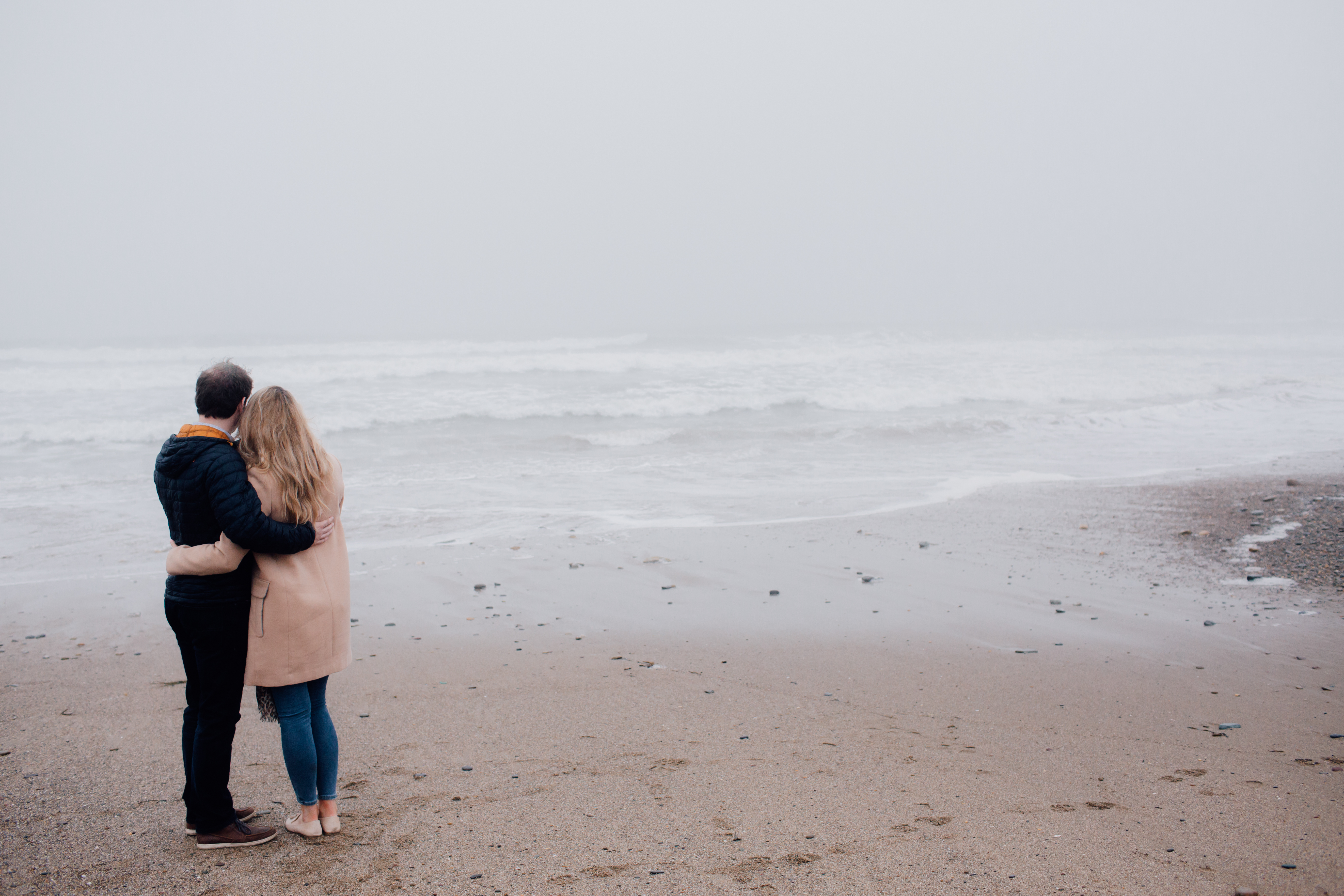Today I’m talking about workflow. One of the most wonderful things about working for yourself is that you have the freedom to decide what your working day looks like. You see, when you’re an employee – whether you’re stacking supermarket shelves or defending a client in court – there’s usually a well-defined process to follow, laid out by somebody else – your boss, a manager or the health and safety handbook.
Hence the reason that so many photographers quote ‘freedom!’ as one of their major motivations in leaping from life as an employee to self-employed small business owner. And I get it, I really do – freedom is fantastic. But – and you knew there was going to be a ‘but’, didn’t you? – there are some day-to-day pitfalls you need to avoid. And most of them are to do with organisation and what I like to call ‘workflow’.
You don’t need me to tell you that weddings can be pressurised situations. All that build-up, ‘the-most-important-day-of-your-life!’ talk, expense and so many family members being in close proximity to each other can result in some, shall we say ‘tensions’. Your job as a wedding photographer is to be serene, swan-like even – cool, calm, and totally in control. How do you achieve that? Well, it’s simple: thorough prepping and careful organisation.
The night before shooting a wedding is a steady one in our house. I prepare my camera bag and check – and double check – I have everything I need, from equipment essentials like lenses and flashes to personal must-haves such as lip balm and Elastoplasts. I sacrifice a glass of wine, do something that helps me unwind like a light TV programme or a bath and get an early night. Rock and roll!
In truth, though, the preparation begins long before the night before the wedding. If I’m heading to a new venue, I do a comprehensive pre-visit with camera in tow, checking everything and everywhere out. And If I’m returning to a venue I know well, I’ll go through images I’ve taken there previously and remind myself of key features and essential shots. I ask couples to provide me with an itinerary for the day and go through it mentally with a tooth comb, as well as using the information I’ve gleaned and the relationship I’ve established with the couple through meetings and conversations.
Of course, unexpected things happen – no one can predict a toddler wandering out into the aisle during the exchange of vows, I guess – but you’ll be much better prepared to deal with those sudden changes if you’ve banished any underlying anxiety about not having prepped enough in advance. In short, I find that lots of preparation makes it difficult to ruffle my feathers. When the unexpected happens, I’m able to take it in my stride, react without panicking and move on to the next part of the day.
Back at your desk, you also need some workflow and organisation strategies in place – without it, it’s easy for the time to run away from you and for there to be constant loose ends niggling away in your brain. I’d recommend mapping out your day first thing, including scheduling breaks and time away from the computer to prevent going stale. In terms of the bigger picture, I’d also recommend creating – and sticking to – an editing calendar, so that when you first sit down to edit a couple’s photos, you know the ultimate date you’re working towards with intermediate deadlines in between.
Just like on a wedding day itself, the unexpected can happen and life can drag you away from the desk – a poorly child, an impromptu long weekend away, some gorgeous weather – and that’s OK. If you’ve got a workflow in place that you stick to 80-90% of the time, you’ll get things done – with a bit of wriggle room for that all-important freedom.
And if you’re just starting out and thinking, ‘Is this really relevant to me? I’m not that busy yet…’ my advice is – well, heed this advice! You’ll be so glad you did when things get busy, I promise.
put your opt-in or newsletter form here

leave a comment!